7 Free Celestial Body Photos transparent PNG images
Discover our captivating Celestial Body Photos collection, featuring 7 free AI-generated images. Explore a diverse array of stock photos, 3D objects, vectors, and illustrations showcasing the wonders of the cosmos. Enjoy high-resolution downloads and use our 'open in editor' feature to customize prompts for your perfect celestial image.
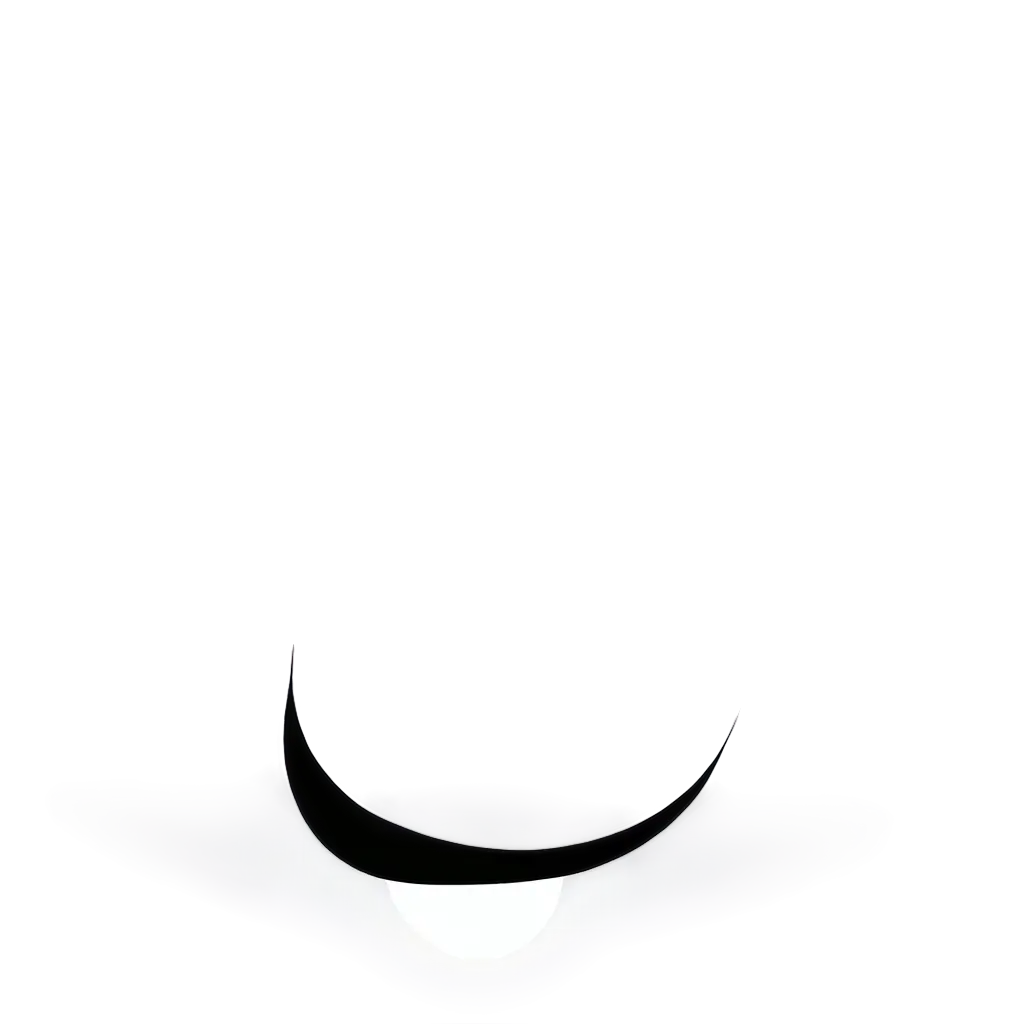
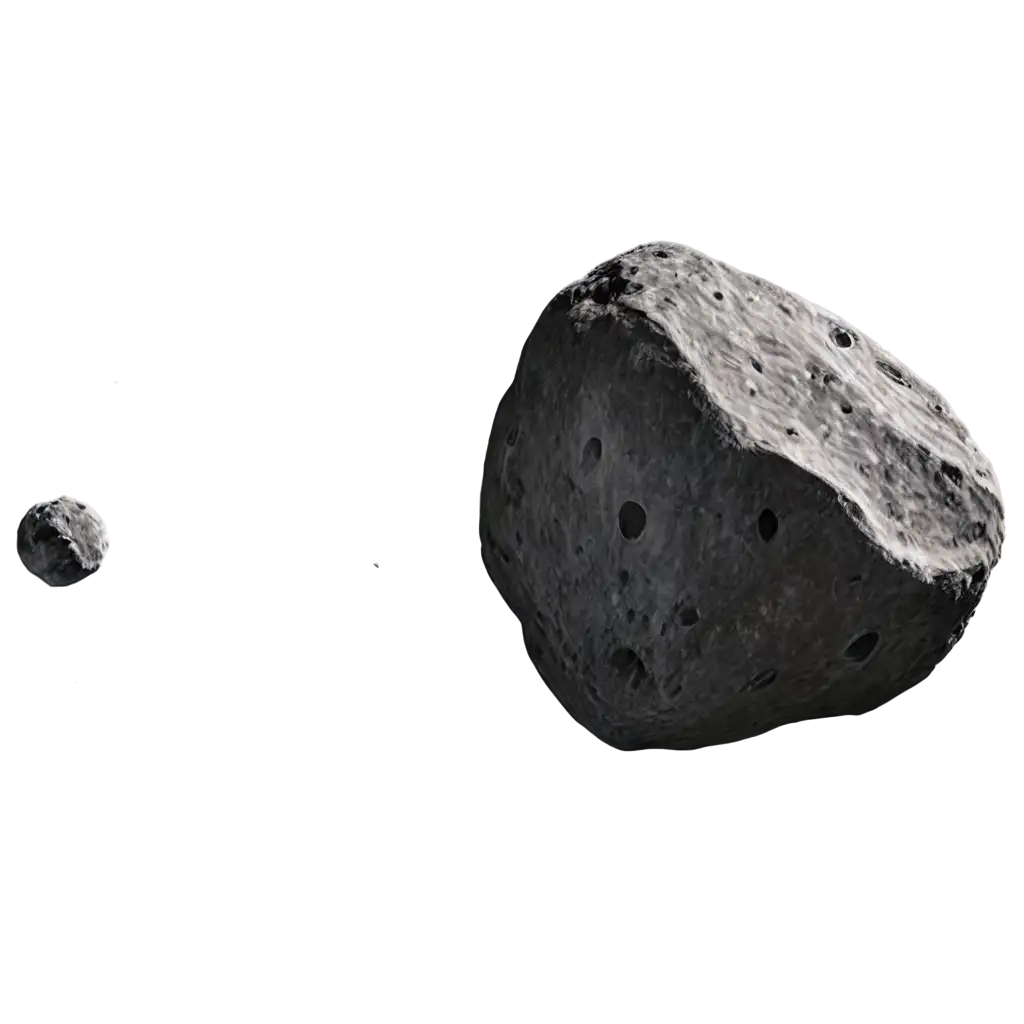
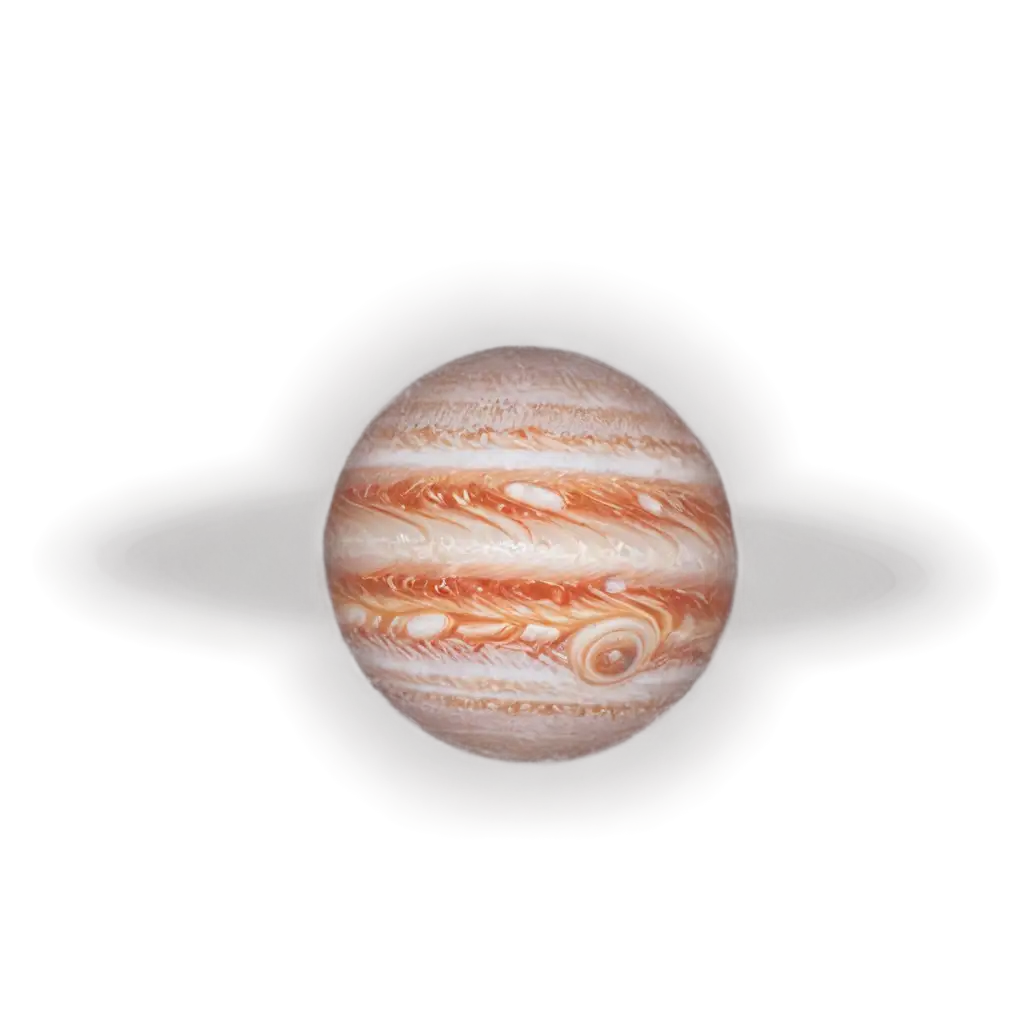
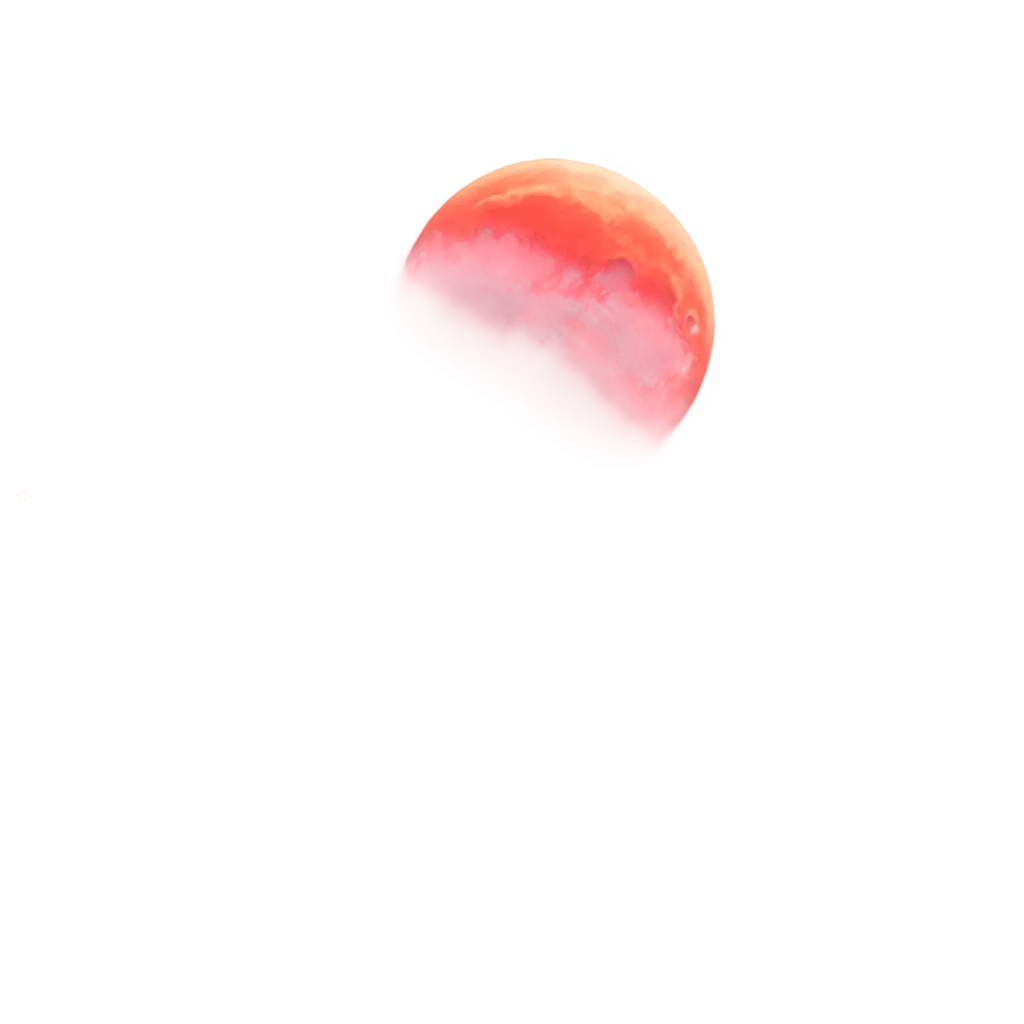

Related Tags
Celestial Body Photos encompass a wide range of cosmic objects, each with its unique characteristics. These AI-generated images capture the diversity of the universe, from familiar objects like planets and moons to more distant and mysterious entities. Planets, with their varied surfaces and atmospheres, are popular subjects, ranging from the rocky terrains of Mars to the swirling gas giants like Jupiter. Stars, the building blocks of galaxies, are depicted in various stages of their lifecycle, from newborn protostars to dying red giants. Galaxies, vast collections of stars, gas, and dust, are portrayed in their myriad forms, including spiral, elliptical, and irregular shapes. Nebulae, cosmic clouds of gas and dust, are rendered in stunning detail, showcasing their role as stellar nurseries or the remnants of expired stars. These AI-generated images also feature other celestial phenomena such as comets, asteroids, and even theoretical concepts like black holes and wormholes, providing a comprehensive visual exploration of the cosmos.
Unveiling the Universe: Types of Celestial Bodies in AI-Generated Photos
Creating AI-generated Celestial Body Photos involves a combination of advanced machine learning algorithms and astronomical data. The process typically begins with training the AI on vast datasets of real astronomical images captured by telescopes and space probes. This allows the AI to learn the characteristics of various celestial bodies, including their colors, textures, and physical properties. Generative Adversarial Networks (GANs) are often employed to create new, unique images that mimic the patterns and structures found in real celestial bodies. The AI can be fine-tuned to generate specific types of celestial objects or to create imaginative renderings of theoretical cosmic phenomena. Advanced rendering techniques are used to add realistic lighting effects, simulating the way starlight interacts with different celestial surfaces and atmospheres. To enhance the scientific accuracy of these images, the AI can be programmed with physical laws governing celestial mechanics, ensuring that the generated images respect the known principles of astrophysics. The result is a collection of visually stunning and scientifically plausible Celestial Body Photos that can be used for educational purposes, artistic projects, or as inspiration for space exploration concepts.
From Pixels to Parsecs: Techniques in Creating AI-Generated Celestial Body Photos
AI-generated Celestial Body Photos have a wide range of applications across various fields. In education, these images serve as powerful visual aids, helping students grasp complex astronomical concepts and inspiring curiosity about the universe. They are particularly valuable in illustrating phenomena that are difficult or impossible to observe directly, such as the formation of galaxies or the life cycle of stars. In the entertainment industry, these AI-generated images provide a rich source of inspiration for science fiction movies, TV shows, and video games, enabling creators to depict realistic and diverse alien worlds and space environments. Scientific visualization is another key application, where these images can help researchers conceptualize and communicate their theories about cosmic phenomena. In the field of space exploration, AI-generated Celestial Body Photos can assist in mission planning by providing visual representations of potential destinations or hypothetical scenarios. Additionally, these images have found their way into various forms of digital art, allowing artists to create otherworldly landscapes and futuristic scenes. The impact of these AI-generated images extends to public engagement with science, as their vivid depictions of cosmic wonders can spark interest in astronomy and space exploration among the general public.
Cosmic Canvas: Applications and Impact of AI-Generated Celestial Body Photos
The future of AI-generated Celestial Body Photos is poised for exciting developments. One emerging trend is the integration of real-time data from space telescopes and probes, allowing AI systems to generate up-to-date visualizations of celestial events as they unfold. This could revolutionize how we experience space exploration, providing near-instantaneous visual interpretations of new discoveries. Another trend is the use of AI to reconstruct historical cosmic events, enabling us to 'see' phenomena like the formation of our solar system or the collision of galaxies. Advancements in AI algorithms are expected to improve the accuracy and detail of these images, potentially reaching a level where they become indistinguishable from actual telescope captures. Virtual and augmented reality technologies are likely to incorporate these AI-generated images, creating immersive experiences that allow users to 'visit' distant planets or 'fly through' nebulae. As AI continues to evolve, we may see the emergence of interactive celestial body generators, where users can input specific parameters to create custom cosmic scenes. These developments in AI-generated Celestial Body Photos will not only enhance our understanding and appreciation of the universe but also open new avenues for scientific visualization, education, and artistic expression in the realm of space imagery.
The Future of Space Imagery: Trends in AI-Generated Celestial Body Photos